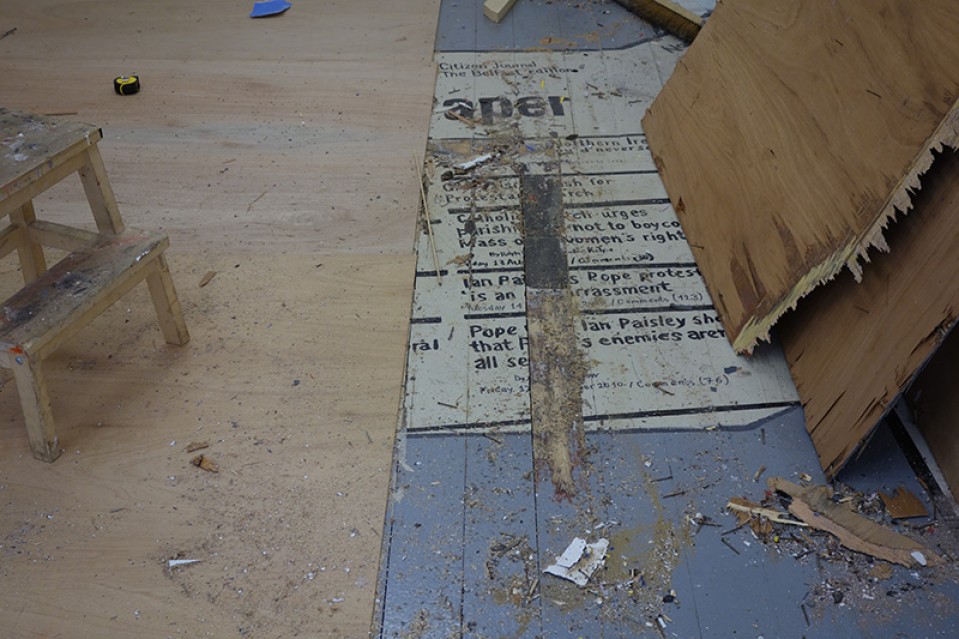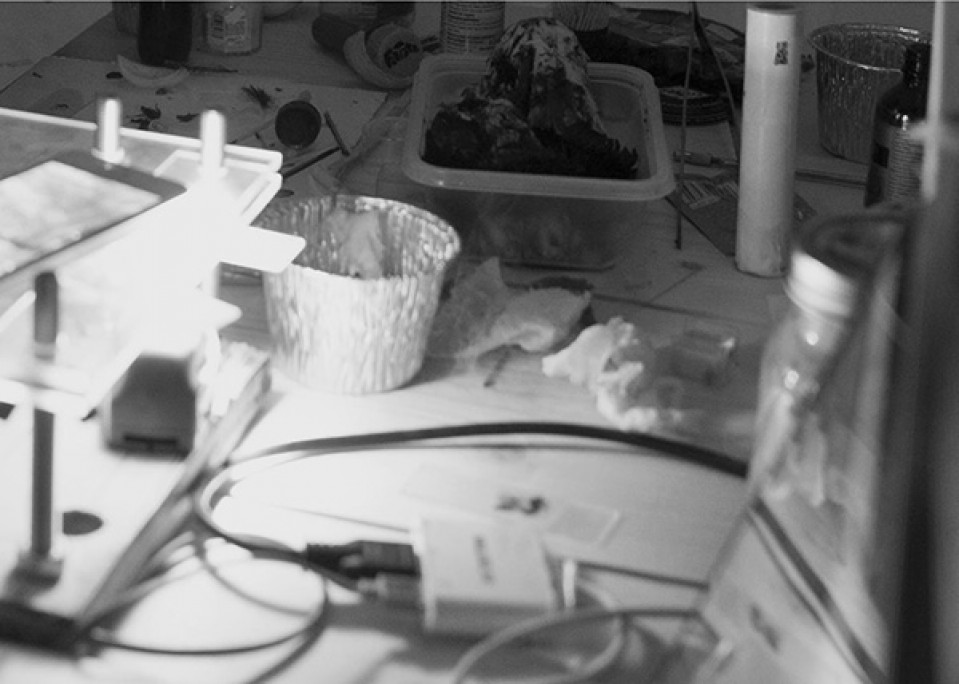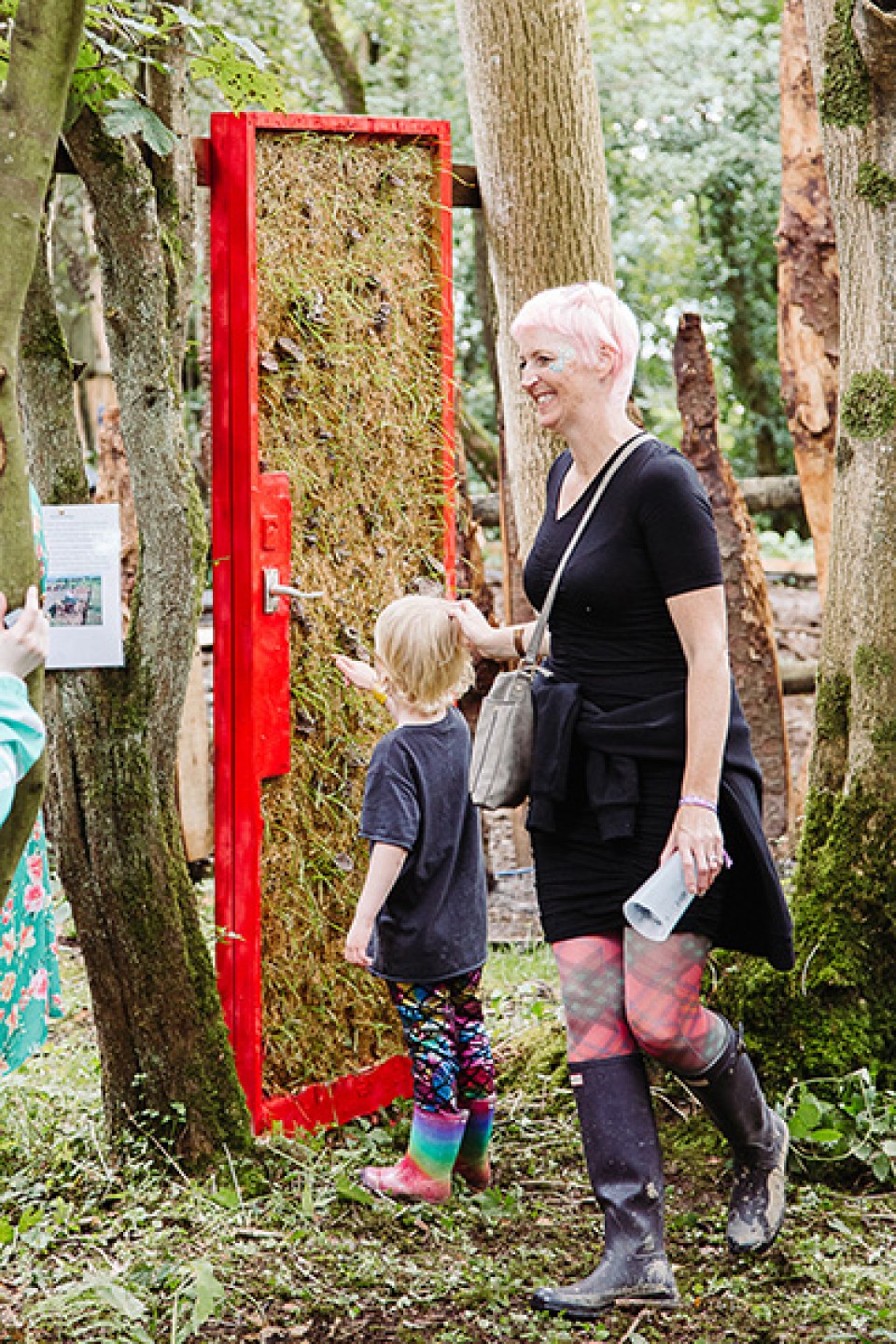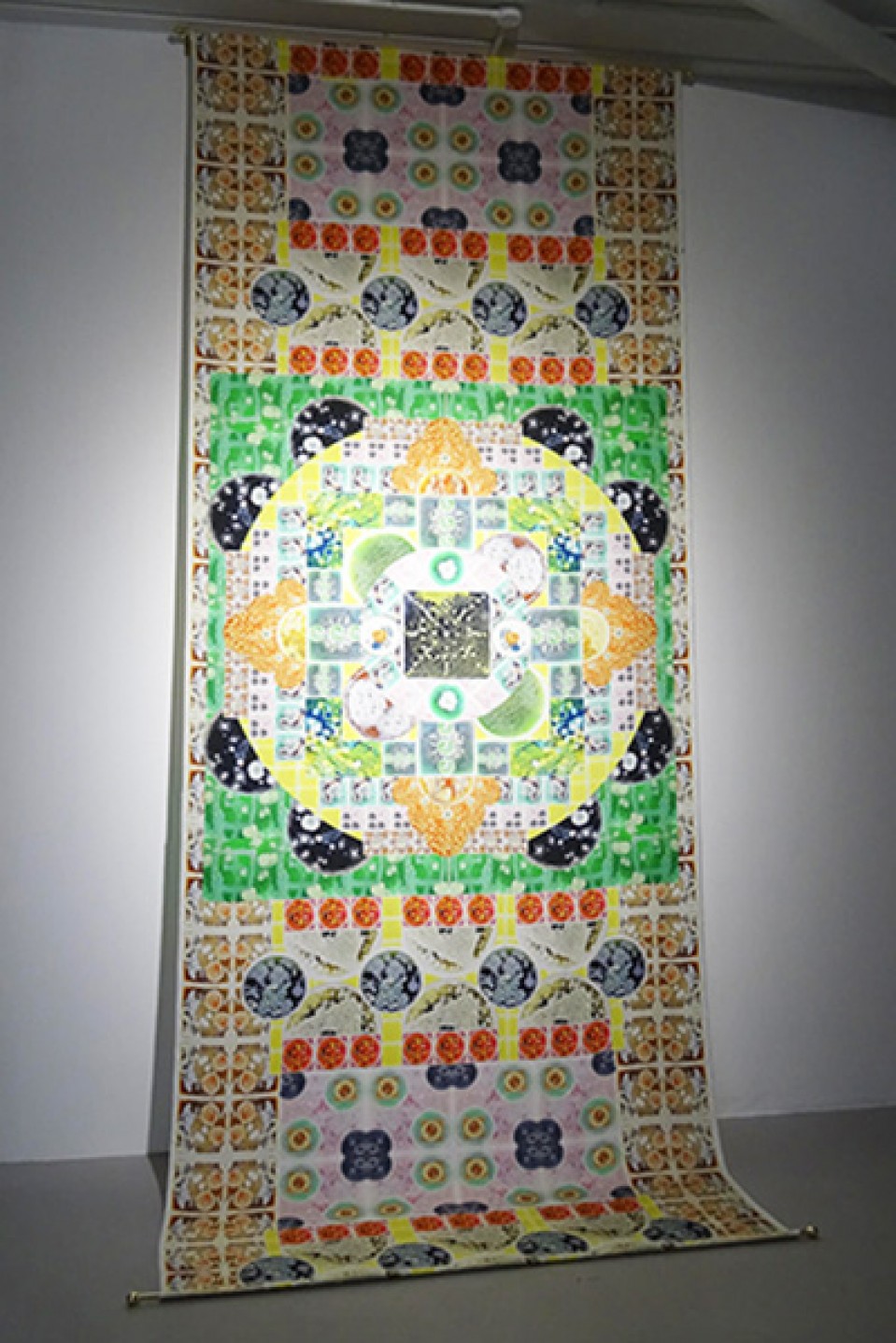
Open dialogues- Writing about contemporary art in Northern Ireland
Jill Clerkin/Jasmin Märker;
March 2021 - July 2021
Analysing the elements for a thriving and interconnected arts ecology in Northern Ireland, the lack of critical writing about contemporary art is an important element missing.
One of the reasons could be the absence of art history studies at University level. This project wants to change this by creating a programme of studio visits and conversations between students and emerging artists and by supporting related writing on these encounters.
Open dialogues is an ad hoc pilot and very much driven with the support and energy of art historian and senior lecturer in French Claire Moran, together with her students at Queen's University and artists of our Freelands Artist Programme.
What
PS², through the help of Claire Moran, invited third level students to become more familiar with the work of emerging artists in Belfast and Northern Ireland. The aim was to create an exchange between practising contemporary artists and budding critics, writers, or academics by generating conversations, studio visits, interviews, and critical texts. By creating these encounters, we hoped to establish a critical dialogue on contemporary art, something currently underdeveloped in our region. Ultimately these texts will be published online and in print in the hope that the exchange will deepen the curiosity, knowledge and understanding of contemporary art among a wider audience.
The texts will be published here together with work by the artists.
We hope that this pilot programme will be expanded and more in depth in the coming semesters.
WRITING
Jill Clerkin (Queen's UM French & Liberal Arts): PS² PAIRINGS: Jasmin MÄRKER- INTERVIEW / ARTICLE
29.04.2021

Bacteria Bacchanalia- Fix Festival, Catalyst Arts, 2018. Photo Jordan Hutchings

Bacteria Bacchanalia- Fix Festival, Catalyst Arts, 2018. Photo Jordan Hutchings
This evening, I had the pleasure of speaking to German-born, Belfast-based artist, Jasmin Märker. What I knew of Märker’s work before our conversation was that it involved mushrooms, slime, and lots of things that could make those of us with weaker stomachs feel a little bit queasy (a demographic that I, unfortunately, am part of). However, what I discovered throughout our conversation was an insightful artist with an incredible perspective of the relationship between art, science, nature and humanity.
Medicine student turned Ulster University BA Fine Arts graduate, Märker’s work is a combination of science and art. However, Märker’s approach to science is perhaps not one you expect from a former medicine student. She spoke about a society that sees science almost religiously – infallible and finite. However, she also spoke about science as being susceptible to giving us a limited view as, as she put it, “the observer is part of the observed”. In other words, our belief systems influence the science we conduct and consequently, they influence the answers we receive.
From this perspective, Märker’s work is a rebellion against conventional science as the living materials she uses play an active, autonomous role in her creative process. This means that many of her pieces are performative, as they are alive. For example, Märker told me that the mushrooms seen in her Wood Wild Web Portal installation at the 2019 Stendhal Festival only grew the day before the festival began.

wood wide web portal, Stendhal Festival, 2019. Photo: Neal Campbell

My Immortals, Kills 99,9% Bacteria- CCA Derry-Londonderry , 2018. Photo: Simon Wells
Märker works with the aim of inciting a curiosity among people for their own natural presence, while simultaneously developing tools for understanding nature and sustainability. Her work often explores the colonialist relationship between humans and nature, our feeling of separateness, our feeling of, in some cases, superiority. Many of her pieces, for example, My Immortals (one of my favourites) or Bacterial Bacchanalia, involve taking samples from human subjects (swabs from under armpits, saliva, hair and whatever else one may volunteer) and turning their mushroom cultures into living works of art. Through this, Märker aims to show us that we are not separate from nature, but part of it.
Towards the end of our conversation, I asked Märker, “do you think living in Northern Ireland for the past few years has influenced your art and in what way?” and the instantaneous response I got was, “I think I am subconsciously attracted to divided societies”.
This response leads to the bigger question of what can art, such as Märker’s art, contribute to a divided society?
My response; Märker’s work shows us equality in practice. Through her art, we are shown that at the end of the day we are all just flesh and blood, with microorganisms living in and on us - that we are part of the cycle of the earth. In showing this, Märker’s art provides a safe space in which to reconcile the conflict between humanity and nature and thus, to reconcile the conflicts we have with each other.
Märker’s work is a necessary reminder of something we so often forget - our place in nature. Not as a deity but as a puzzle piece. She is a pleasure to talk to and her enthusiasm for her work is contagious.
You can follow her work on Instagram and website.
Jasmin Märker is an artist working at cross-sections of bio-art, sculpture and nature education. They collaborate with both humans and non-humans to explore holistic proposals for sustainability. Jasmin explores themes of interspecies kinship, de-colonisation of land and ecological identity. Her works are often alive and provide evolving art-science spectacles to their audiences.
Jill Clerkin is a final year UM French and Liberal Arts student from QUB. Born and raised in the Mourne Mountains, her dissertation study focuses on the influence of living and growing up in Northern Ireland on the life and work of its inhabitants. She is a keen photographer, seamstress and linguist.

